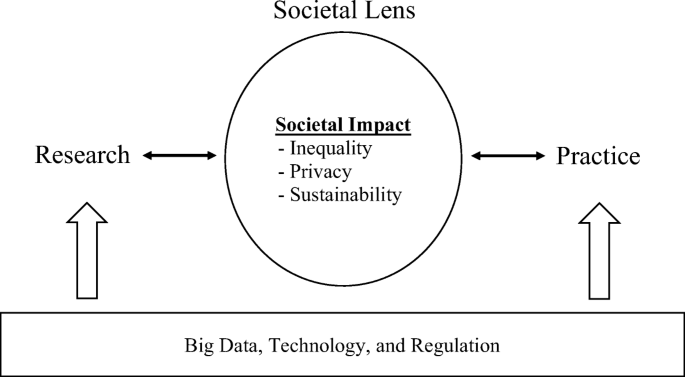BGREEN TV: Your Source for Green Innovations
Explore the latest trends and innovations in sustainable living, eco-friendly technology, and green entertainment.
Loyalty Scoring Algorithms: The Secret Sauce for Customer Retention
Unlock the secrets of loyalty scoring algorithms and discover how to boost customer retention like never before! Dive in now!
Understanding Loyalty Scoring Algorithms: How They Work and Why They Matter
Loyalty scoring algorithms are sophisticated mathematical models designed to assess and predict customer loyalty based on various behavioral and transactional data. These algorithms utilize a mixture of historical purchase patterns, engagement metrics, and demographic information to generate a score that reflects a customer's likelihood of remaining loyal to a brand. By analyzing factors such as frequency of purchases, average transaction value, and customer lifespan, businesses can categorize their customers effectively—identifying who their most valuable customers are and tailoring marketing strategies accordingly.
Understanding the significance of loyalty scoring algorithms is crucial for businesses aiming to foster long-term customer relationships. Not only do these algorithms enable companies to implement personalized marketing campaigns, but they also allow for better resource allocation. By focusing on high-scoring customers, businesses can enhance customer experience, increase retention rates, and ultimately drive sales growth. In today's competitive market, utilizing loyalty scoring algorithms is more than a trend; it is a strategic necessity that can lead to improved customer insights and sustainable business success.

Counter-Strike is a highly popular first-person shooter game that has captivated millions of players worldwide. The gameplay revolves around team-based strategies, where players can engage in intense matches. For those looking to enhance their gaming experience, using a duel promo code can provide various benefits and rewards.
Top 5 Benefits of Implementing Loyalty Scoring Algorithms for Your Business
Implementing loyalty scoring algorithms can significantly enhance customer retention by identifying which customers are most likely to return. By analyzing purchase histories, engagement levels, and demographic data, these algorithms provide businesses with insights into customer behavior. This allows companies to tailor their marketing strategies accordingly, effectively targeting those customers who show a high propensity for loyalty. Consequently, businesses can focus their resources on nurturing these relationships, ensuring higher retention rates and increased lifetime value.
Another key benefit of loyalty scoring algorithms is the ability to personalize customer interactions. By understanding the factors that contribute to a customer's loyalty score, businesses can create personalized marketing campaigns and offers that resonate with individual customers. For example, a business might send exclusive discounts to customers with high loyalty scores or engage at-risk customers with tailored re-engagement strategies. This not only improves customer satisfaction but also fosters a deeper emotional connection between the brand and its consumers, driving long-term loyalty.
What Key Metrics Should You Consider in a Loyalty Scoring Algorithm?
When developing a loyalty scoring algorithm, it's crucial to consider several key metrics that can provide insights into customer behavior. First, purchase frequency is a vital metric; it measures how often a customer makes a purchase over a specific period. Higher frequency often indicates greater loyalty. Second, the average order value (AOV) is another important measure, as it reflects the average amount spent by a customer per transaction. Tracking both of these metrics allows businesses to identify their most valuable customers and tailor loyalty programs accordingly.
Additionally, the customer lifetime value (CLV) should not be overlooked, as it estimates the total revenue a business can expect from a single customer account. This metric helps businesses understand the long-term value of their customer relationships, guiding investment in marketing and retention strategies. Lastly, customer engagement metrics—such as response rates to emails or participation in loyalty programs—can provide significant insights into the effectiveness of your loyalty initiatives. By analyzing these diverse metrics, businesses can develop a more comprehensive and effective loyalty scoring algorithm.